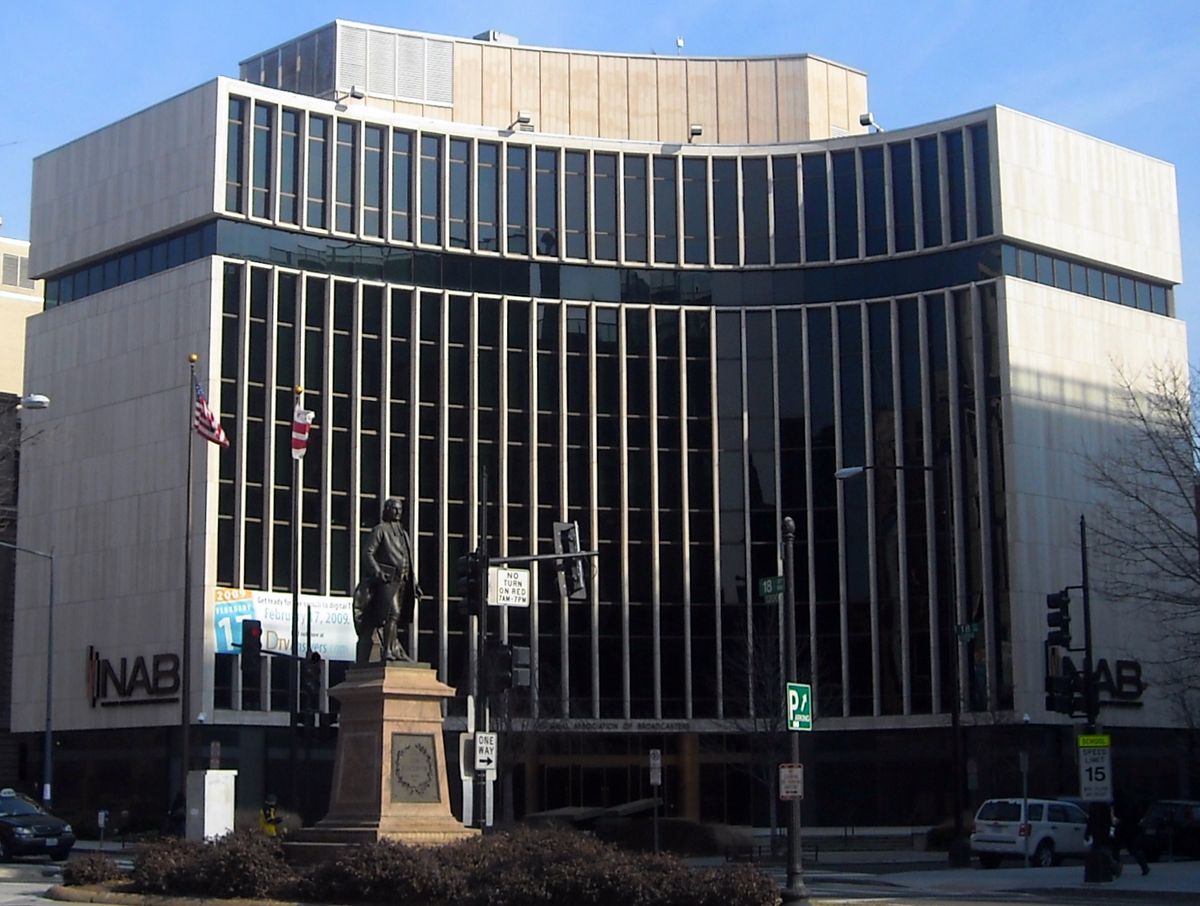NAB to FCC: Beware the Loch Ness White Spaces Monster
Said commission should not entangle itself in extraneous proposals

Broadcasters are telling the Federal Communications Commission it should confine its white spaces item to the narrow changes agreed to by the National Association of Broadcasters and Microsoft and not range into other, murkier areas where Loch Ness monsters and Sasquatches lurk to muck up the compromise.
That came in reply comments to the regulator's proposal to make those changes. Other commenters wanted it to make some more adjustments.
White spaces are the vacant spectrum between TV channels that Microsoft has been using to deploy rural broadband.
It has been more than a year since the FCC put its white spaces agenda on hold while encouraging Microsoft and broadcasters to hash out a spectrum-sharing agreement for wireless broadband. At that time, FCC chairman Ajit Pai (during Congressional testimony) cited the “tricky” technical and policy matters the agency needs to address even as Microsoft and TV stations try to find a middle ground on the band’s use.
Microsoft and NAB ultimately agreed on four of the computer company's five proposals, the holdout being the use of high-power on adjacent-channel issue, which Microsoft continues to push for and the NAB to push against.
RELATED: Microsoft Pushed for First Adjacent Channels
The NAB told the FCC this week that going beyond the limits of the compromise would dramatically expand or rewrite it so that there would be no guarantee of avoiding the harmful interference that is a nonstarter given that broadcasters are the primary, licensed users of the spectrum the FCC wants to share with unlicensed ones.
The trade group said “alternative propagation models, power increases and reduced coordination requirements” were some of the extraneous proposals offered up by commenters, proposals that could increase harmful interference.
For example, wireless internet providers want the FCC to allow ”professional installation“ to serve as establishing that directional antennas will avoid harmful interference to TV signals. The NAB calls that term ”an undefined and unreliable concept, as elusive as the Loch Ness Monster or Sasquatch.”
The NAB’s comments pointed to the checkered history of “professional installation” of white spaces devices translating to hundreds of incorrect, and perhaps fraudulent, entries in the white spaces database that is used to determine where unlicensed devices can operate without interfering with nearby TV signals.
The NAB said the FCC needs to proceed to adoption of the compromise proposals rather than delving into “novel, unsupported proposals [that] will only mire the proceeding in uncertainty and delay.”
Broadcasting & Cable Newsletter
The smarter way to stay on top of broadcasting and cable industry. Sign up below
Contributing editor John Eggerton has been an editor and/or writer on media regulation, legislation and policy for over four decades, including covering the FCC, FTC, Congress, the major media trade associations, and the federal courts. In addition to Multichannel News and Broadcasting + Cable, his work has appeared in Radio World, TV Technology, TV Fax, This Week in Consumer Electronics, Variety and the Encyclopedia Britannica.










